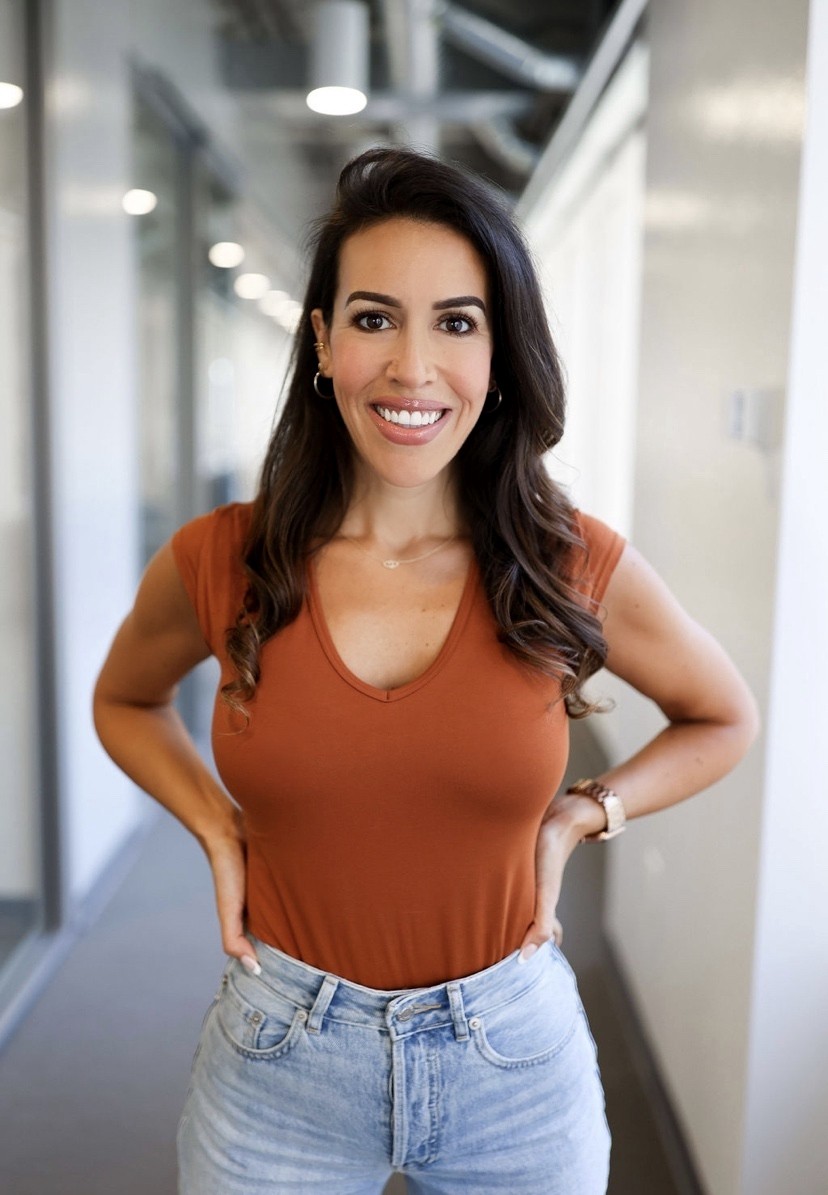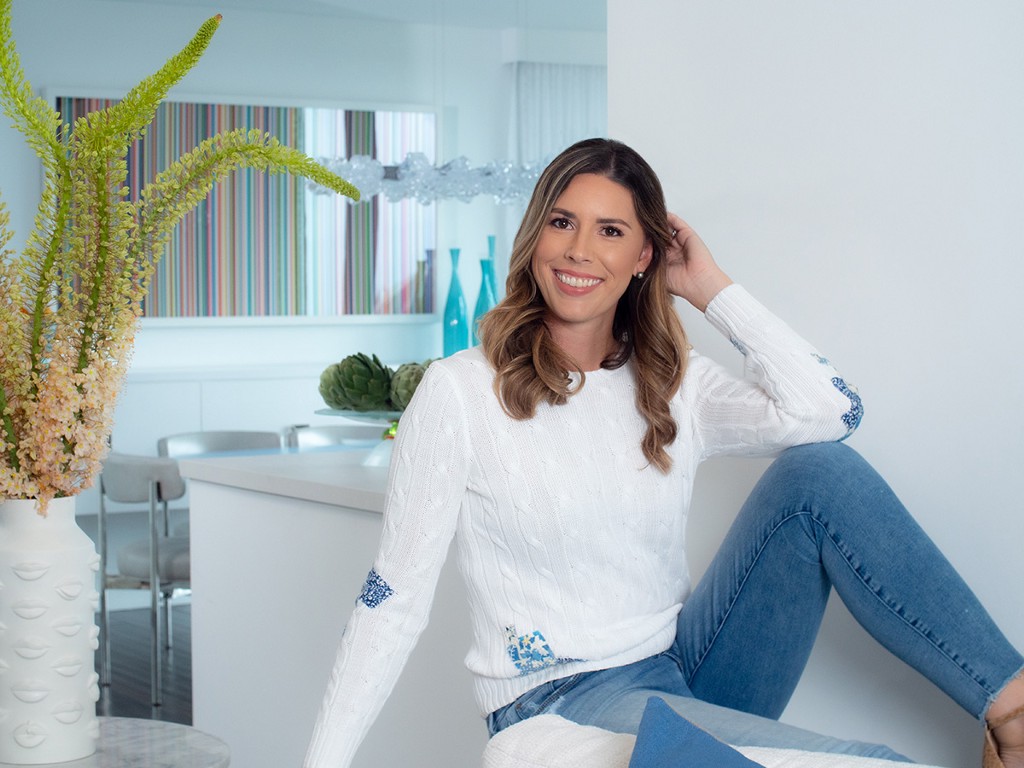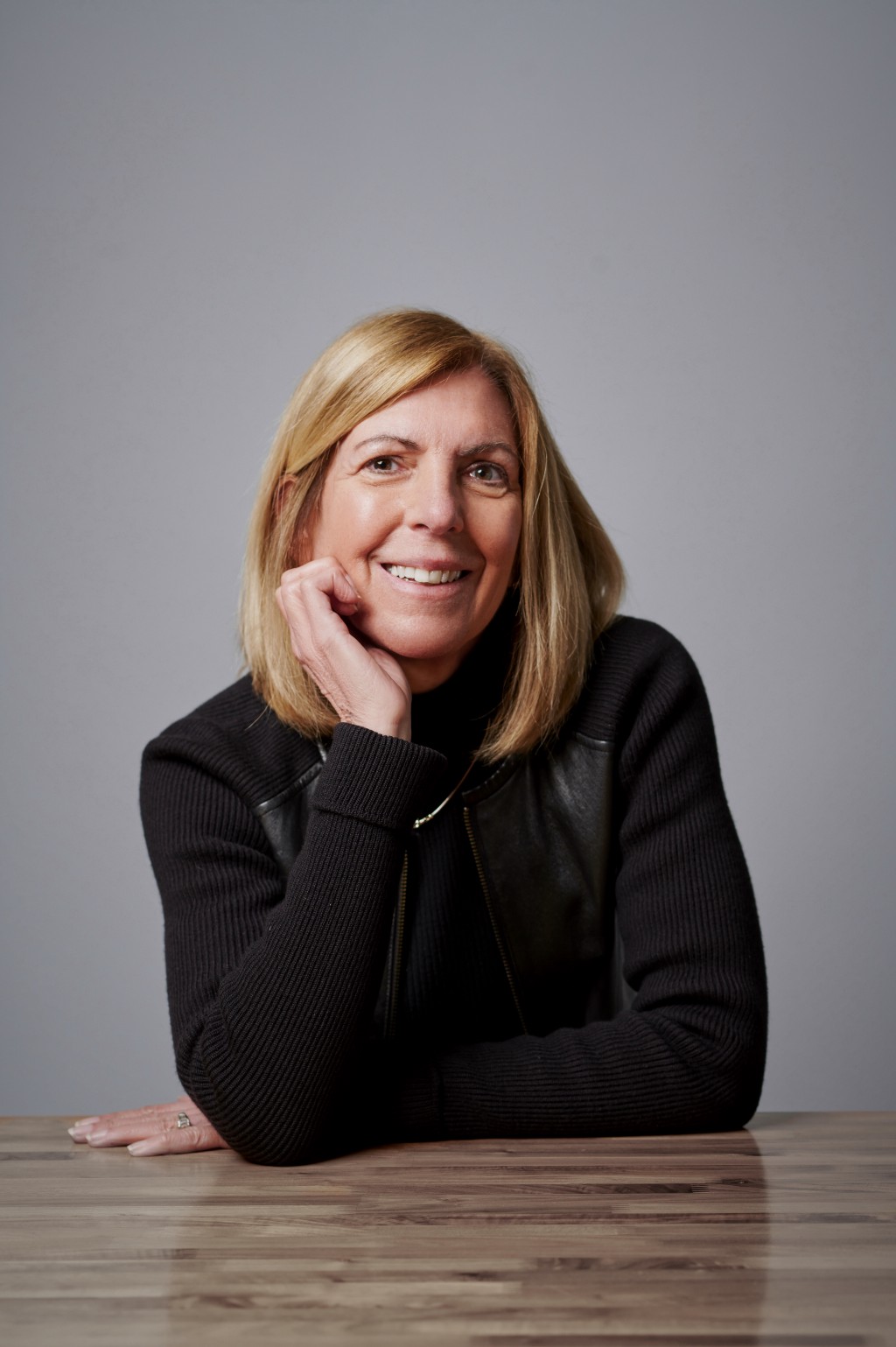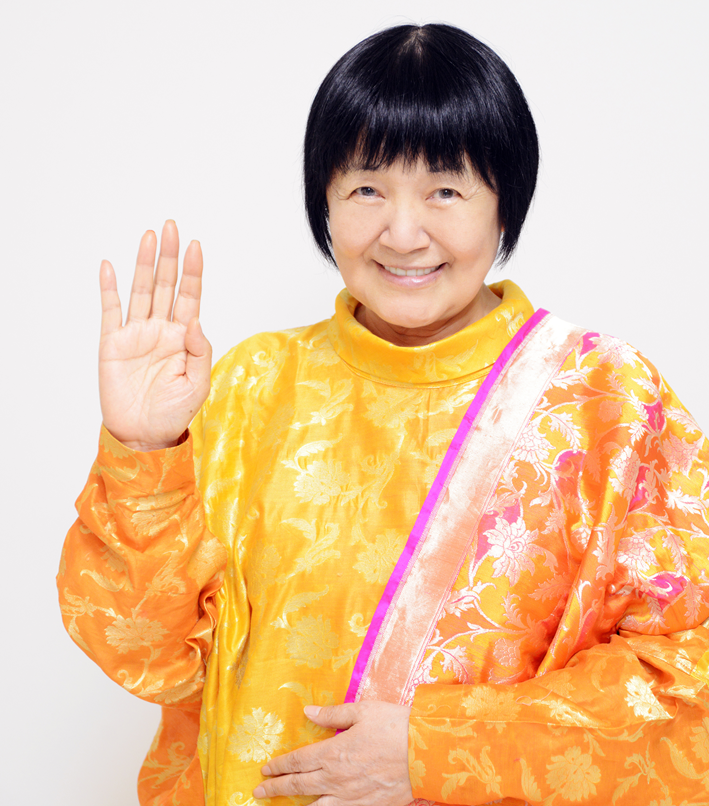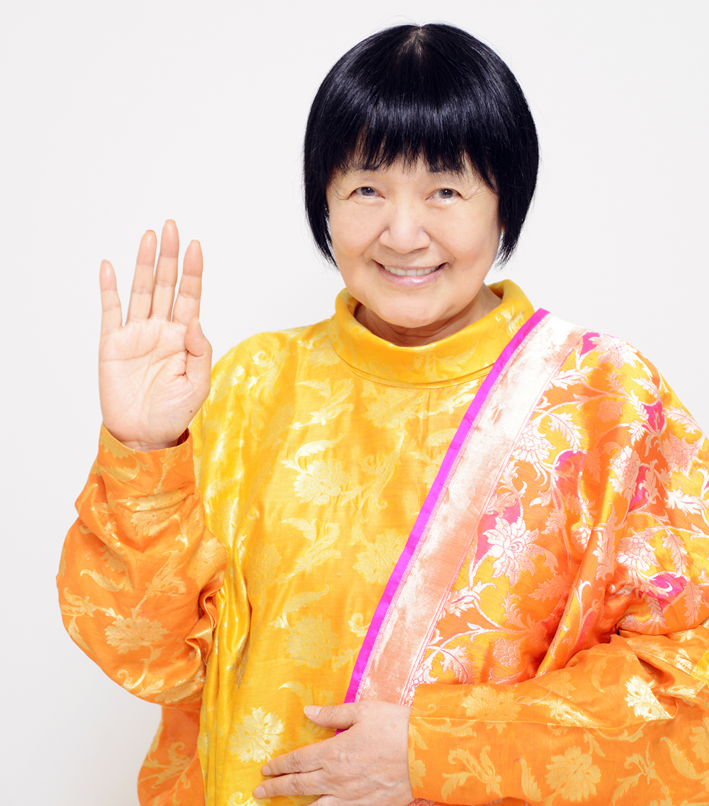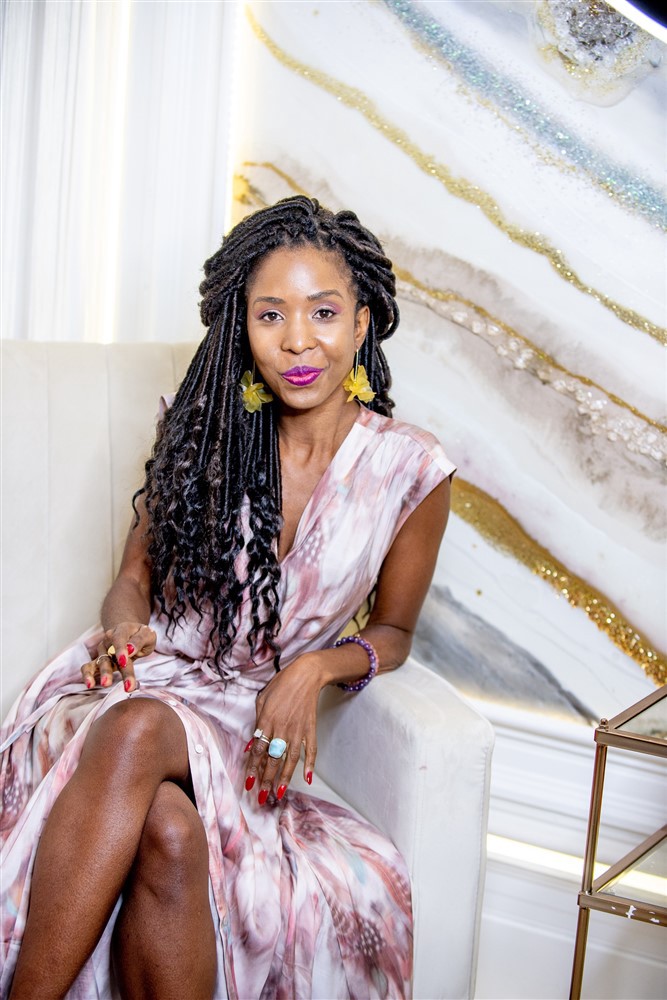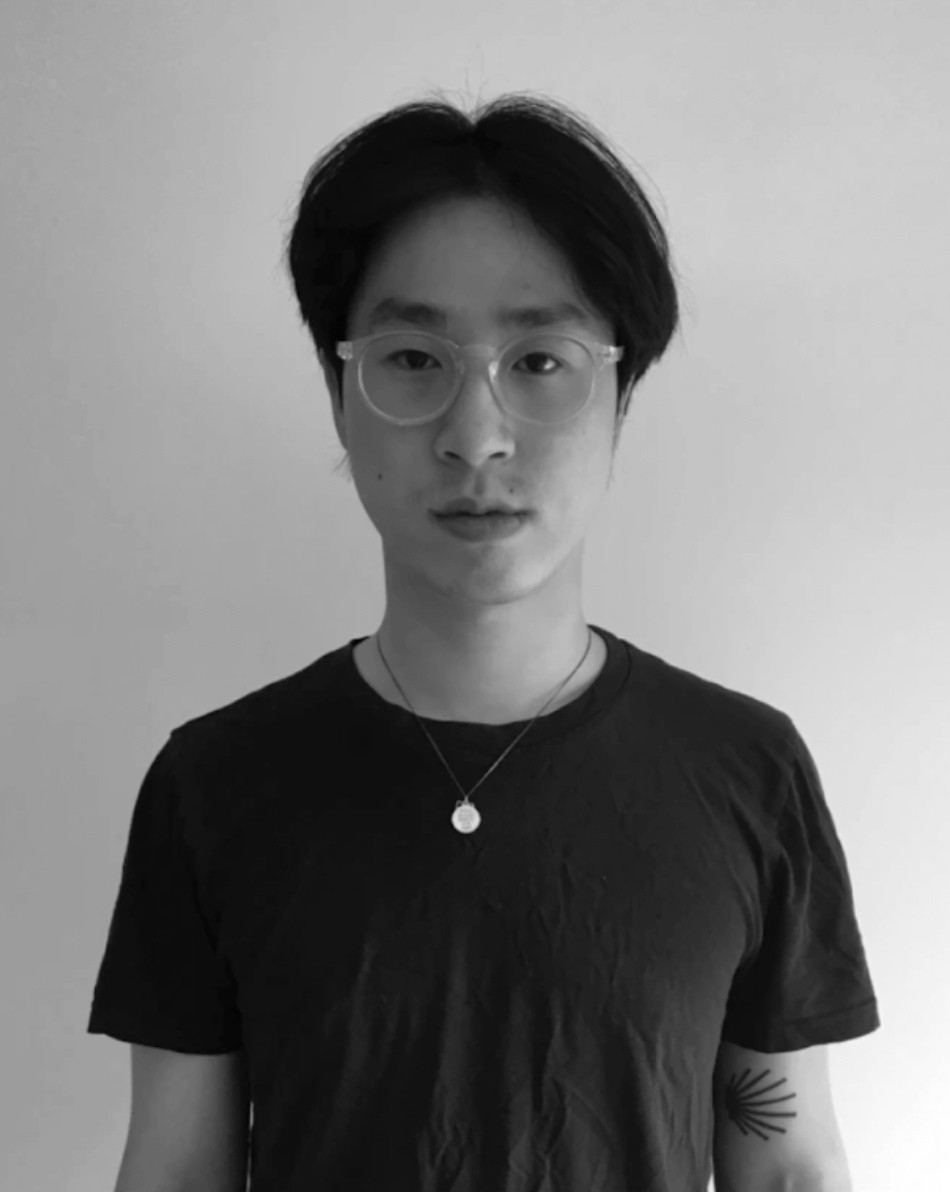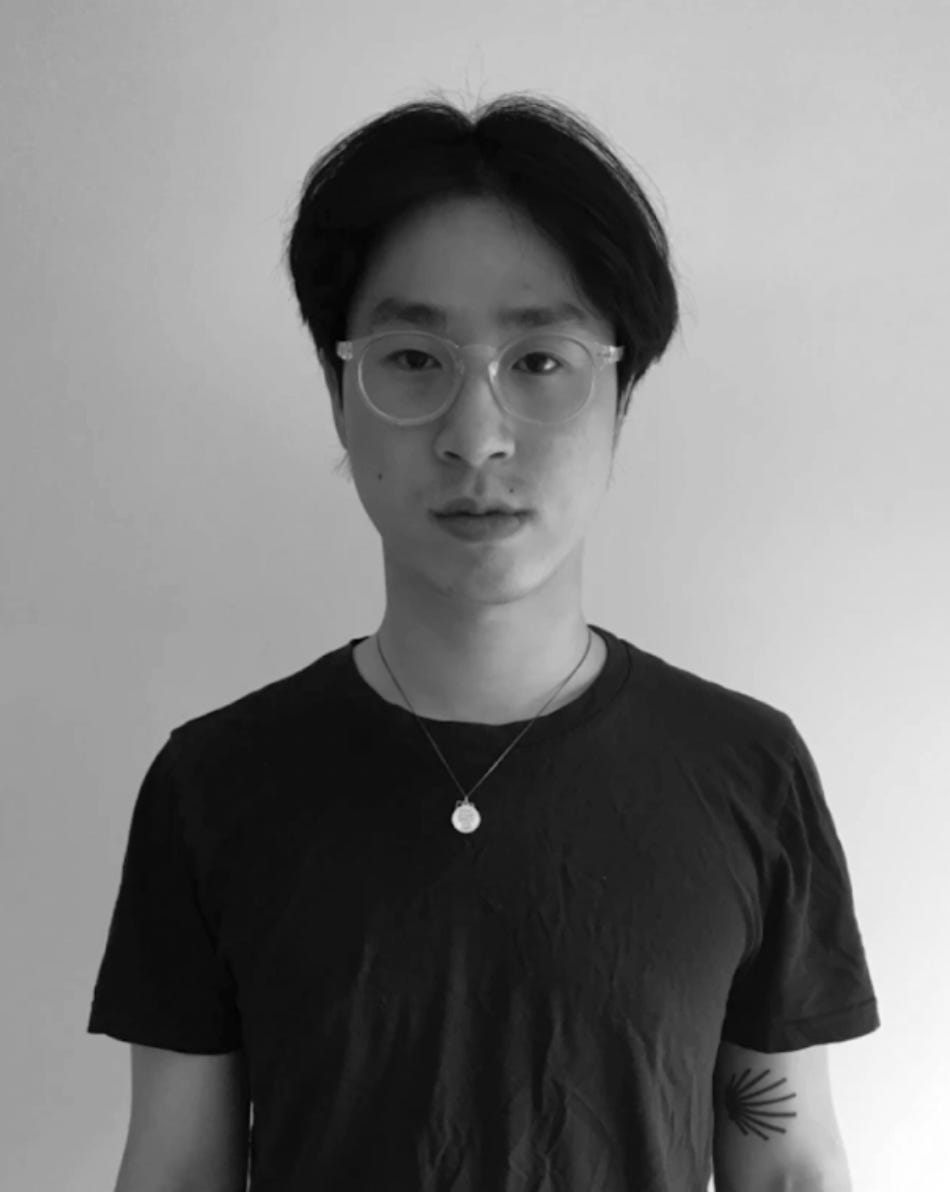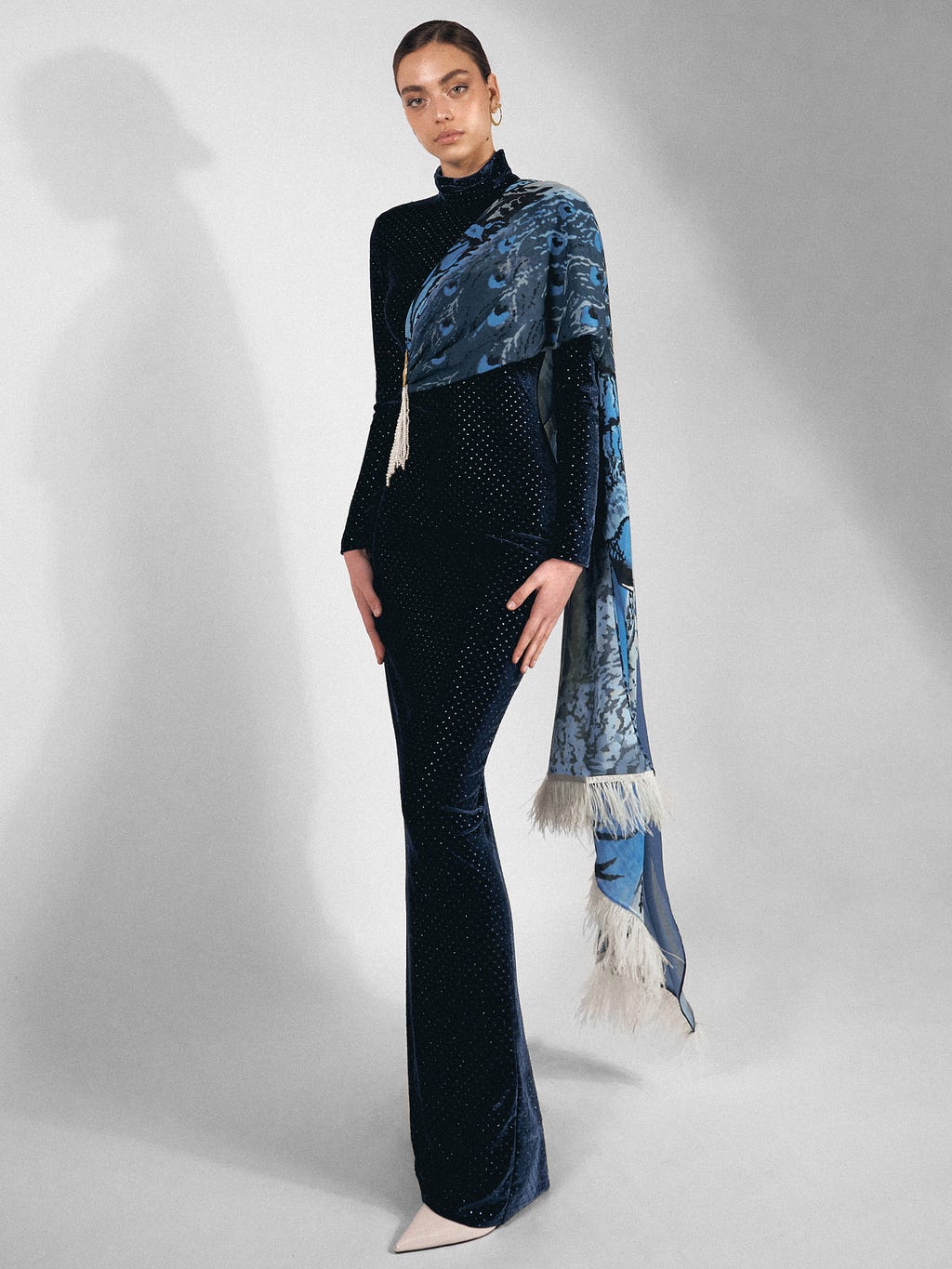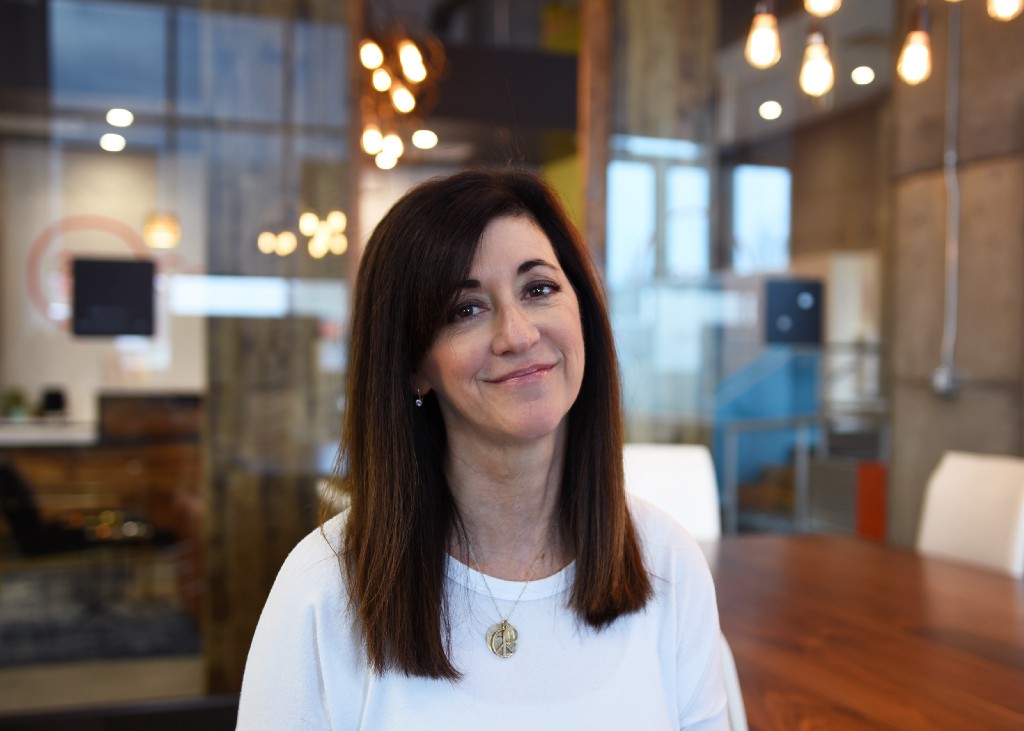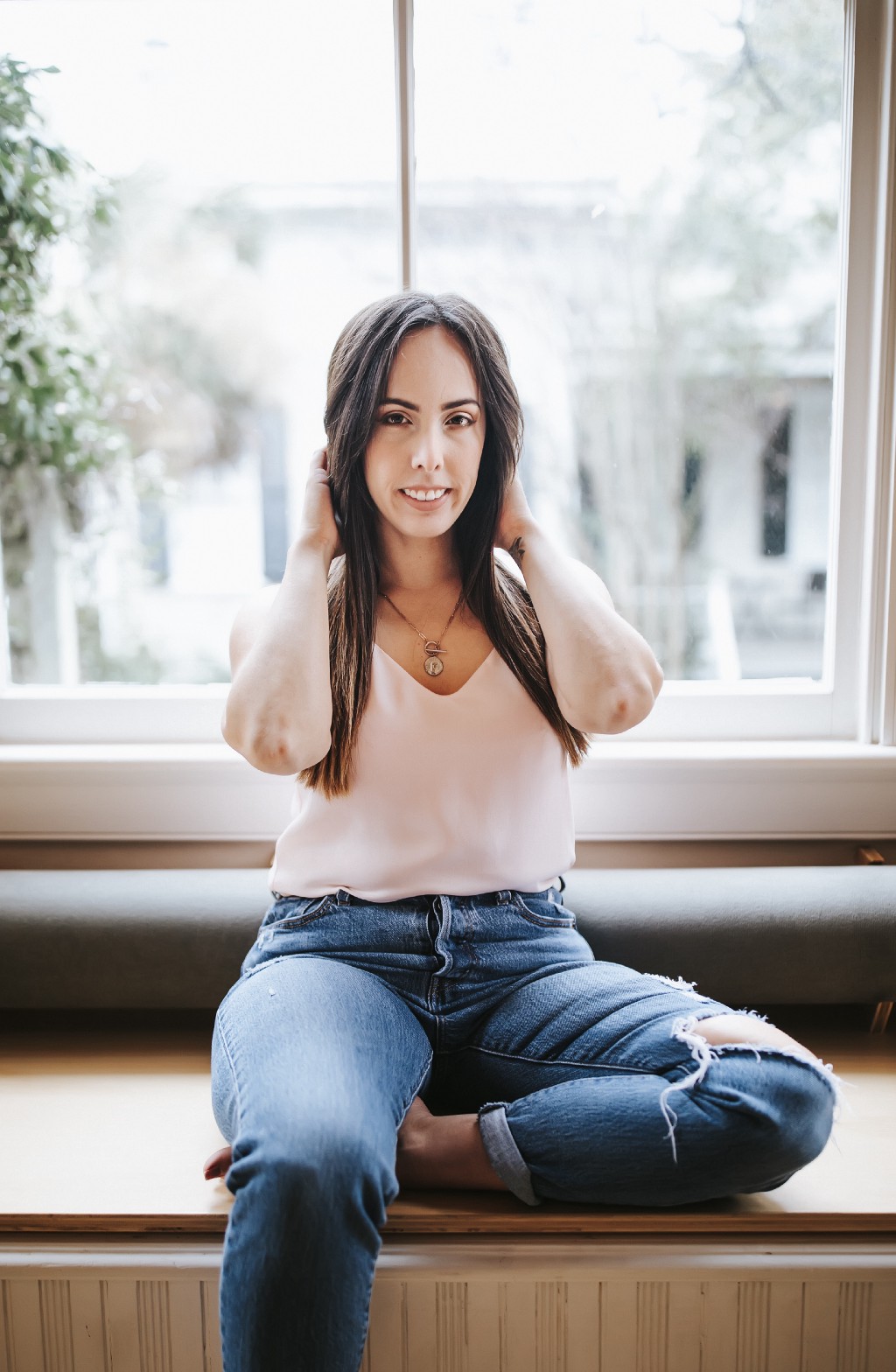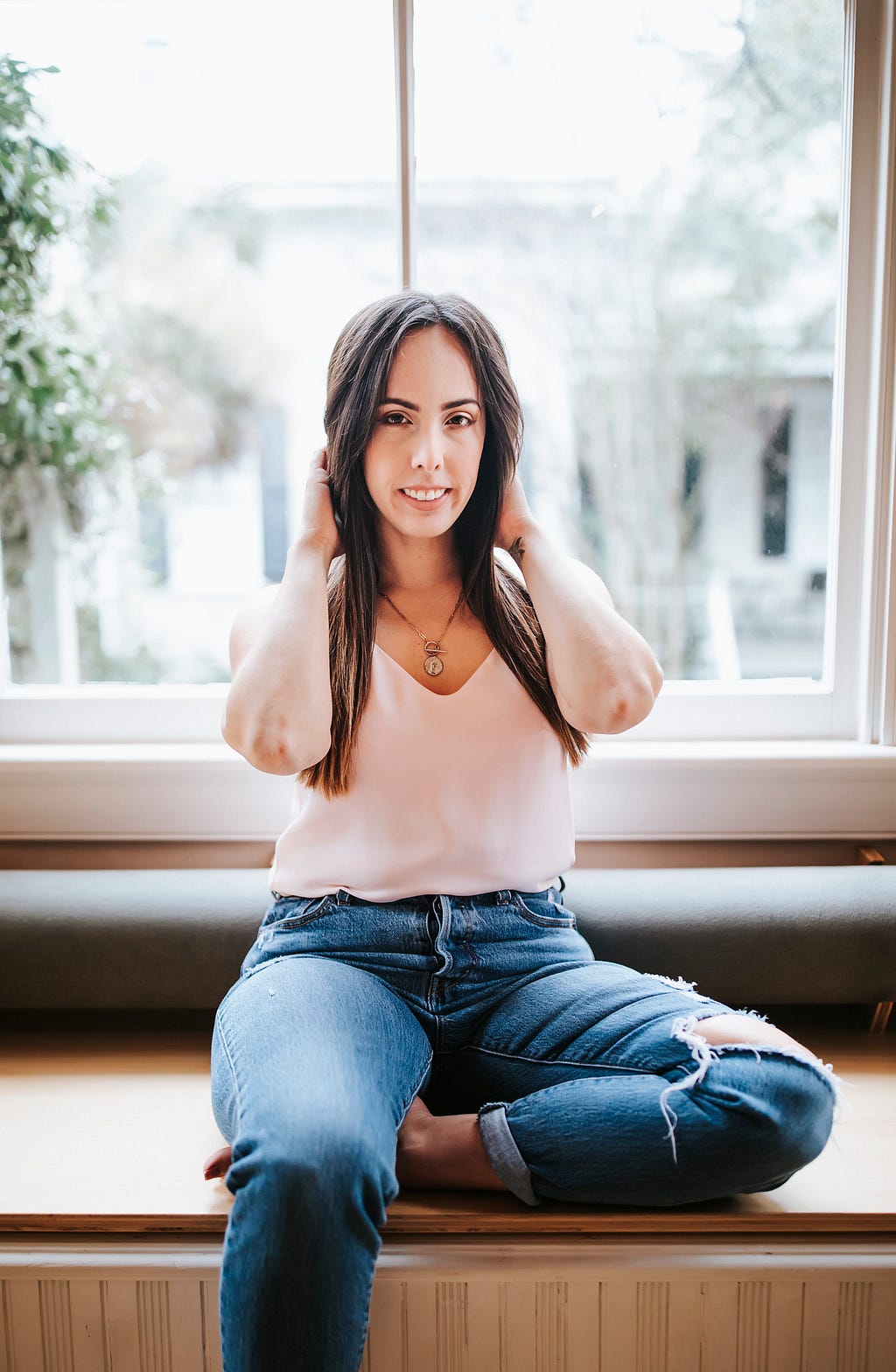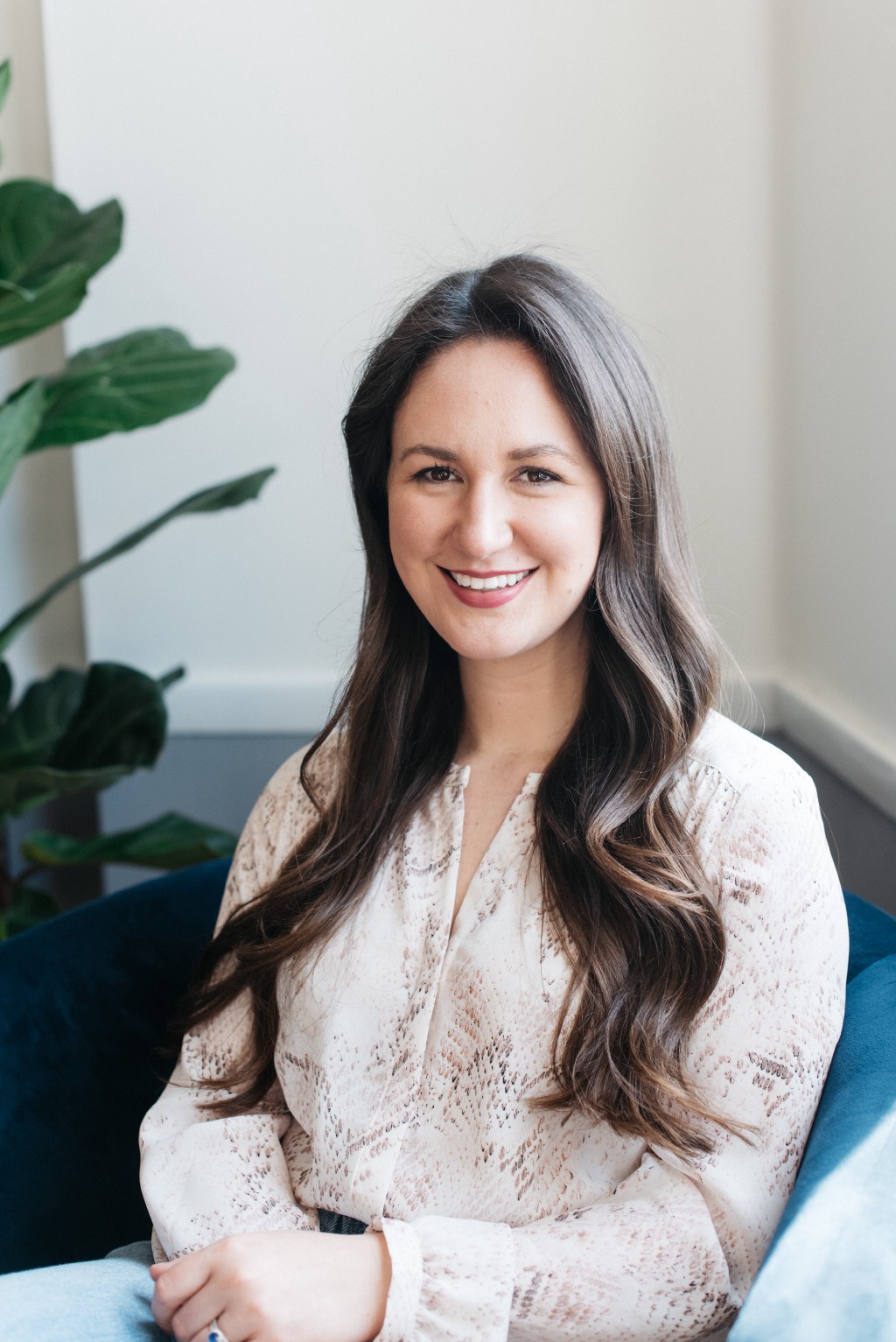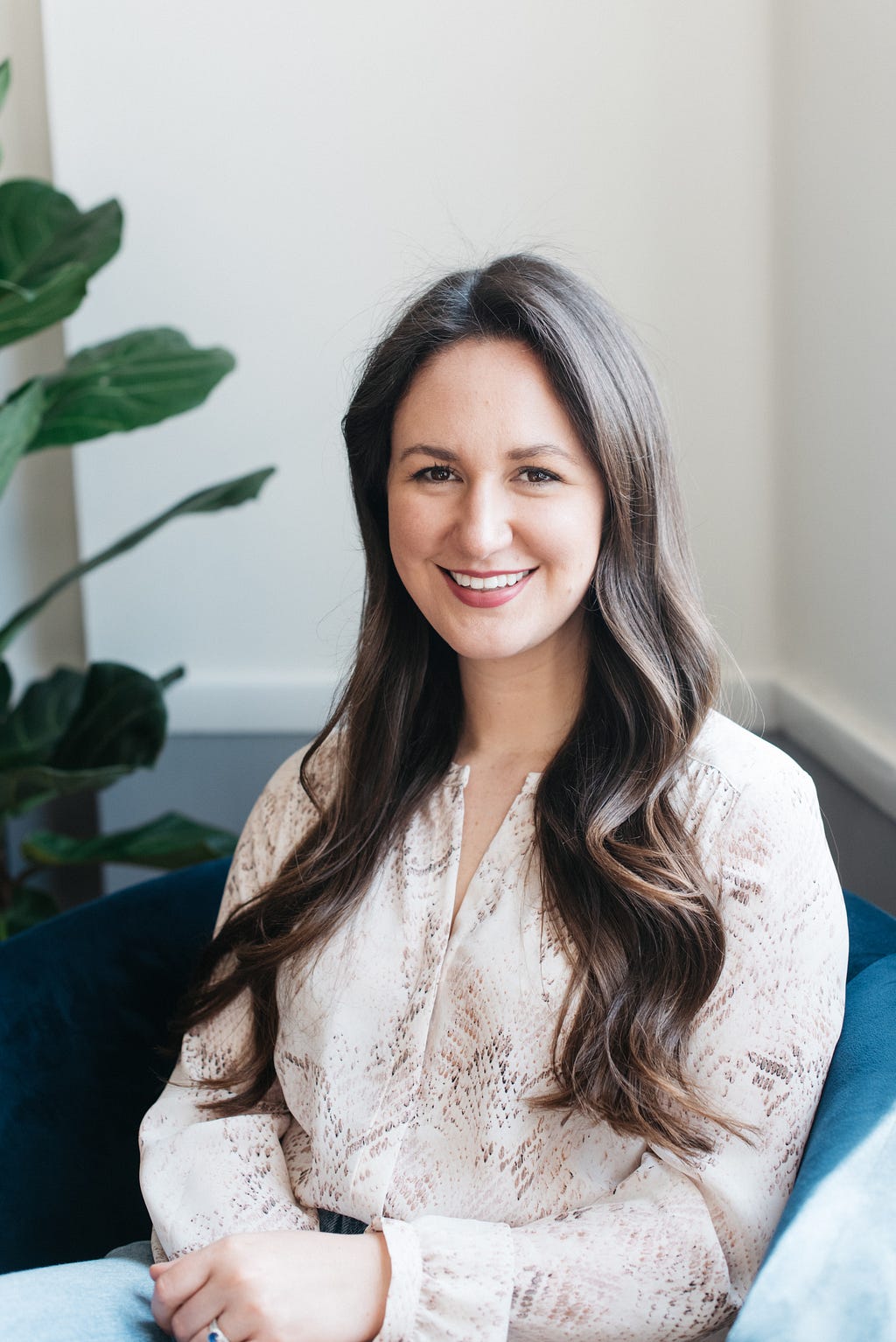Women In Wellness: Erin Sharoni Of FOXO Technologies On The Five Lifestyle Tweaks That Will Help Support People’s Journey Towards Better Wellbeing
An Interview With Candice Georgiadis
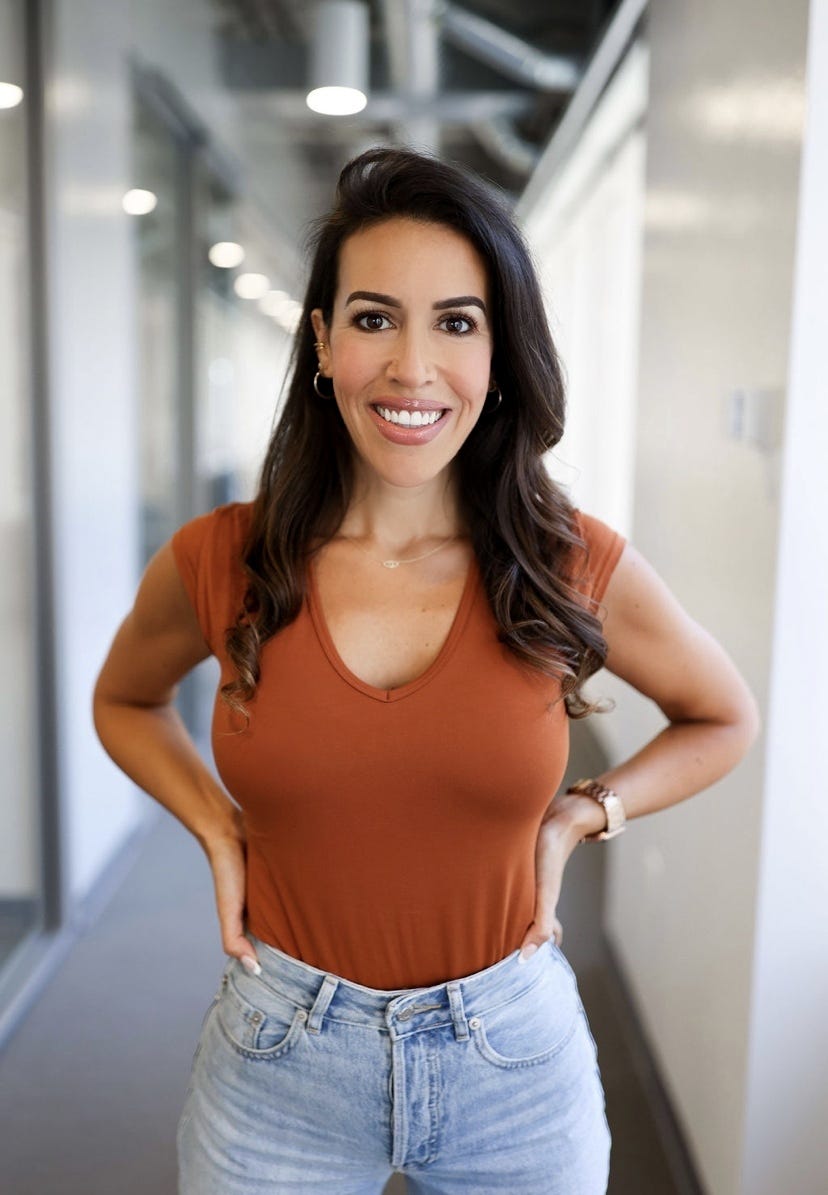
Be kind. Sounds trite, but true. There’s so much unkindness in this world and we live in a competitive culture that rewards winning at all costs. That’s a false economy. Kindness costs nothing. Don’t be a pushover, but always treat others the way you want to be treated. It’s the “golden rule” for a reason.
As a part of my series about the women in wellness, I had the pleasure of interviewing Erin Sharoni.
Erin Sharoni is the chief product officer (CPO) of FOXO Technologies Inc., a technology startup using the science of AI and epigenetics to reinvent the life insurance industry. Erin has more than 15 years of experience building products and brands in molecular health, media and finance. Prior to joining FOXO, she served at InsideTracker as a creative director. Erin’s previous television career as a television host and journalist included roles on NBC Sports Network, CNBC, CBS Sports and Showtime. She also sat on Ray Dalio’s Core Management Team at Bridgewater as a management associate. Her multidisciplinary approach to problem-solving is driven by a lifelong commitment to the intersection of science and art, and she is passionate about disruptive technology that improves the human experience. Erin holds a master’s degree in biology from Harvard and a bachelor’s degree with honors in studio art from Wesleyan University. She is currently a Master of Bioethics degree candidate at Harvard Medical School.
Thank you so much for joining us in this interview series! Our readers would love to “get to know you” better. Can you share your “backstory” with us?
Very happy to be here! I’m always looking for breakthroughs that help people live healthier and longer, and that includes nutrition, fitness, technology, biology, all of it. For my day job, I’m the Chief Product Officer of longevity science startup FOXO, where we use epigenetic science and cutting-edge technology to improve the human experience by supporting lifespan and healthspan. Before FOXO, I was a television host and journalist on NBC Sports Network, Showtime, CBS Sports and CNBC. I jokingly call myself a science geek and techno freak — I’ve always had a lot going on at once. I’m a DJ playing techno and house music, a visual artist and writer, a fitness and nutrition nerd, environmentalist, animal rights advocate, you name it. My elderly Italian Greyhound just turned 14-years-old. His name is Bodhi and I rescued him 8 years ago — I’ve been a strong supporter of animal shelters ever since. I have a master’s degree in biology from Harvard and I’m currently a Master of Bioethics degree candidate at Harvard Medical School!
Can you share the most interesting story that happened to you since you started your career? What were the main lessons or takeaways from that story?
As I mentioned, I have a lot of interests and passions, and I’ve always had a lot going on at once. I think the most interesting thing someone can do is to just keep pulling on the threads that interest them and follow them to see where they lead. I’ve always done this and it’s what has allowed me to pivot careers from finance, to television, to biotechnology. The way my television career happened is wild. Long story short, it was the peak of the financial crisis and, like many finance professionals under 30 in New York City, I had lost my job. The market was in the can and I was unsure of my next move, but I knew I wanted it to be something more creative than finance and more closely aligned with my artistic background. Someone at a party told me I should enter a fitness modeling competition for the brand FILA. There was a casting call the next day. I won and was featured in a national ad campaign. I thought it would be fun to be on television so I approached FILA’s marketing director and suggested that we do a “business of sports wear” pitch to CNBC. It worked and that’s how I ended up on CNBC for the first time, where I met the anchor who I would later go on to co-host NBC’s first sports business TV show with. Main lessons: Take risks and don’t be afraid to ask for what you want; create your own opportunities and leverage whatever luck comes your way; listen to your inner voice and follow the things that light you up. Some pretty cool stuff can happen.
Can you share a story about the biggest mistake you made when you were first starting? Can you tell us what lesson you learned from that?
I think this is a pretty standard life lesson, but I cannot emphasize it enough: Do not care what anyone thinks about you. I can’t point to a single mistake related to this, but I can think of plenty of times that I let this dictate a choice that I’m sure had downstream effects. We’re all guilty of making (or not making) decisions based on what other people think of us, or out of a desire to appear the way we think we ought to be. This is a recipe for unhappiness and hinders success. It’s important to be kind and compassionate, for sure. But be that way because it feels good, not because you feel obligated to appease others or because you think it will help you get ahead.
Let’s jump to our main focus. When it comes to health and wellness, how is the work you are doing helping to make a bigger impact in the world?
At FOXO, we’re doing research and developing tools to help people live better, longer lives. We saw that life insurance — an antiquated, outdated industry — could desperately benefit from longevity science. So, we decided to revolutionize the product to educate and empower the consumer to take control of their lifespan. We like to say we’re reinventing life insurance the way that Tesla reinvented cars, and we’re using longevity science as our engine. Right now we’re using the science of epigenetics (your gene expression) along with our next-generation technology to make a bigger impact in the world. Health and wellness interventions need to be accurate but also accessible. Very few people will use complicated, cumbersome products that are difficult to manage. Our goal is to make it easy — spit in a tube, drop it in the mail, and receive a longevity report. It’s fast, painless, and free of charge to our customers. People don’t need to drive themselves to a lab for invasive, costly blood draws. No one wants to deal with that. Our aim is to reach more people and help them take control of their longevity using simple, biological-based insights.
Can you share your top five “lifestyle tweaks” that you believe will help support people’s journey towards better wellbeing? Please give an example or story for each.
Eat a predominantly plant-based diet. This is a main key to longevity, backed up by many scientific studies like the two cited here. You could live more than 10 years longer by making this change, says a recent study. I cannot emphasize enough how important it is. Most Americans have only about 10% of their diets comprised of plants — far from adequate.
Good news: Your genes are not your destiny! This means you have more control than you think. Your environment and everyday behaviors play a huge part in your health and wellbeing. Look to your epigenetics to help guide you in that journey.
Diversity for the win! Most people understand the importance of diversity in nature; the same goes for your microbiome. It’s critical for your health to have a diverse gut microbiome and you can accomplish this by introducing a wide variety of fiber-rich foods, spices, seeds, etc., into your diet. Research shows that eating over 30 different plants per week is beneficial; there are apps to help you track this.
What you put into your body is critical, but there’s more to boosting longevity. Stress-reduction and love are so important. Mind-body connection, maintaining healthy relationships with other people, and meditation or mindful breathing practices can be helpful.
What’s best for improving your wellbeing and longevity isn’t some shiny new wearable device or new drug. What’s best is actually pretty simple and inexpensive: Eat a predominantly plant-based diet, hydrate, avoid alcohol and drugs, have good sleep hygiene, maintain supportive relationships/community, and move your body more!
If you could start a movement that would bring the most amount of wellness to the most amount of people, what would that be?
I would do what I’m doing now at FOXO. We truly believe this is the vehicle that’s going to help move the needle in a major way — life insurance should be about life, not death, right? Along with that, I am hyper-focused on bringing more transparency and ownership to people when it comes to longevity and life insurance. That’s why we allow people to download their own epigenetic data, for free, to see where and how their data is being used, and to easily opt out of any scientific studies. I’m glad the life insurance industry is finally having the conversations surrounding transparency and ownership when it comes to an individual’s personal health, but let’s really push the boundaries to encourage these leaders to put their money where their mouth is.
What are your “5 Things I Wish Someone Told Me Before I Started” and why?
You come first. Protect your time and your wellbeing or you’ll experience burnout, resentment, unhappiness, and illness. Like they say on the airplane, put your oxygen mask on first or you’re of no use to anyone else. Good employers understand and support this. I’m super grateful to work for a company like FOXO where this is a priority.
Don’t pay attention to what other people think of you. (see my earlier answer)
Be kind. Sounds trite, but true. There’s so much unkindness in this world and we live in a competitive culture that rewards winning at all costs. That’s a false economy. Kindness costs nothing. Don’t be a pushover, but always treat others the way you want to be treated. It’s the “golden rule” for a reason.
Practice the rule of 20. Before reacting to something that provokes a strong thought or emotion, first wait 20 seconds, then wait 20 minutes, and if needed, even wait 20 hours before responding. Thank me later.
Do not ever compromise your morals or what you believe in for anything or anyone, and especially not for money. Try to see things from the perspective of others, of course, but do not let their worldview dictate yours.
Sustainability, veganism, mental health and environmental changes are big topics at the moment. Which one of these causes is dearest to you, and why?
All of them. Everything is connected and many people don’t realize that. We live in an integrated biosphere, where everything we do plays a part. What we eat, what we buy, and how we live among nature and alongside each other affect humanity’s well-being and the climate. There is no such thing as longevity in a vacuum. In fact, the things that will help keep us living better and longer are also best for the planet and all life on it. Consuming plant-based products, living more kindly towards others and ourselves, treating the environment with respect — these all yield broad benefits. This is how we bring longevity to all.
What is the best way our readers can follow you online?
Check out FOXO at FoxoTechnologies.com and you can follow me on Instagram and Twitter @erinsharoni.
Thank you for these fantastic insights! We wish you continued success and good health.
Women In Wellness: Erin Sharoni Of FOXO Technologies On The Five Lifestyle Tweaks That Will Help… was originally published in Authority Magazine on Medium, where people are continuing the conversation by highlighting and responding to this story.


